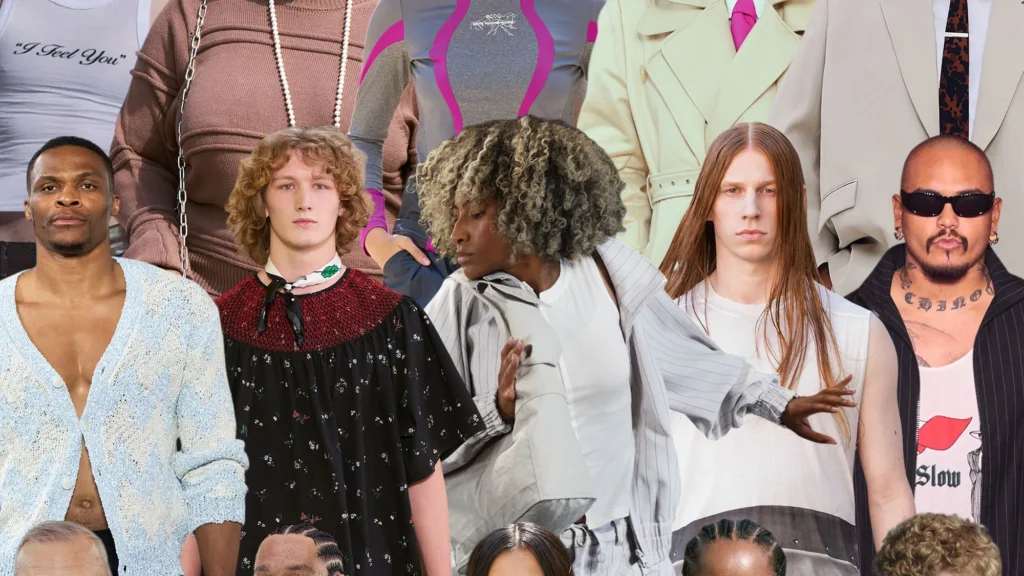The Spring/Summer 2026 fashion season has once again exposed the industry’s ongoing struggle with size inclusivity. According to the latest size inclusivity report, only 2.9% of the 9,038 runway looks across major fashion weeks represented models outside the straight-size range.
Of the total looks analyzed, 97.1% were straight size, 2% mid-size, and just 0.9% plus size — figures that mark only a slight improvement from last year. The report underscores that, despite growing conversations around body diversity, most luxury and high-end fashion houses continue to favor narrow beauty and body standards.
Fashion analysts and inclusivity advocates have voiced disappointment over the stagnation, noting that many brands appear to prioritize performative diversity over genuine inclusion. While designers such as Christian Siriano, Collina Strada, and Ester Manas have remained consistent in featuring a broader range of models, the majority of runways still reflect traditional norms.
Social media users and fashion critics have also highlighted the disconnect between brand marketing and runway representation. Many labels release campaigns featuring diverse body types yet fail to showcase the same inclusivity during fashion week presentations — a contrast that continues to frustrate audiences and advocates alike.
Industry experts argue that true inclusivity requires systemic reform — from casting decisions to design processes, pattern grading, and sample sizing. Without structural change at every stage of production, they warn, representation will remain symbolic rather than substantial.
Despite slow progress, there’s optimism on the horizon. With consumers becoming more data-conscious and vocal about inclusivity, brands face growing pressure to match their messaging with tangible action. Transparency reports like this one are helping to hold the fashion industry accountable — and reminding it that authentic representation isn’t a trend, but a responsibility.

